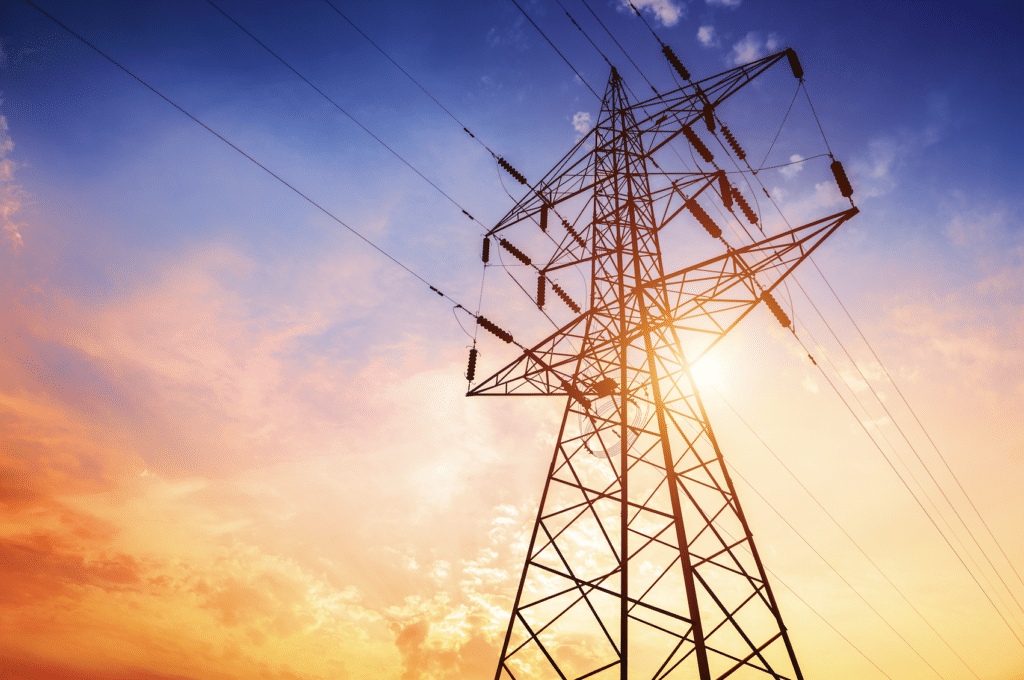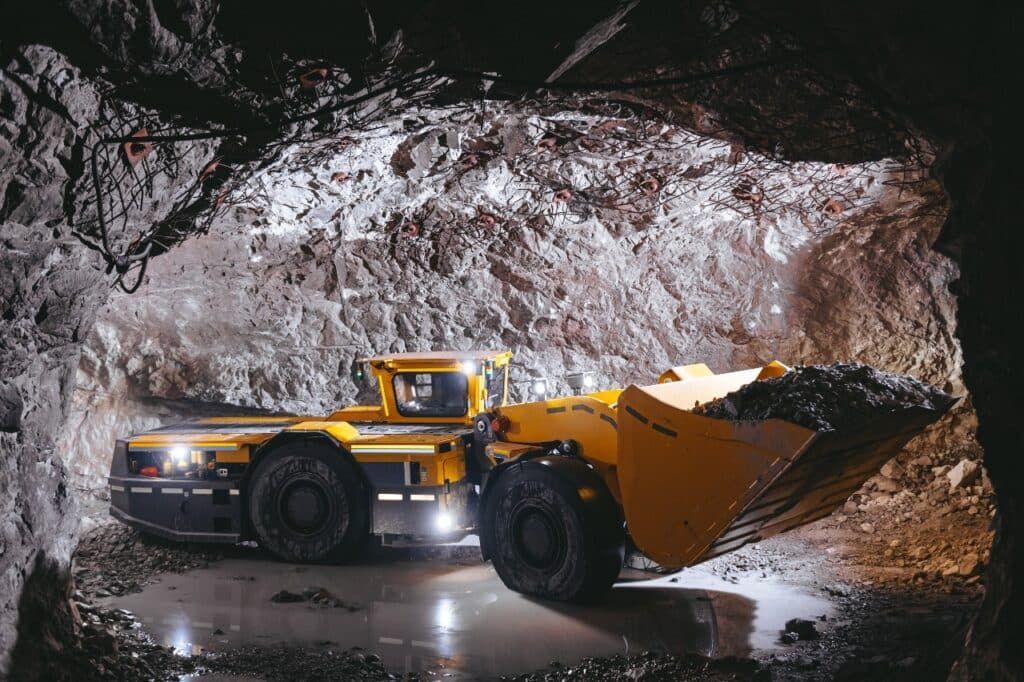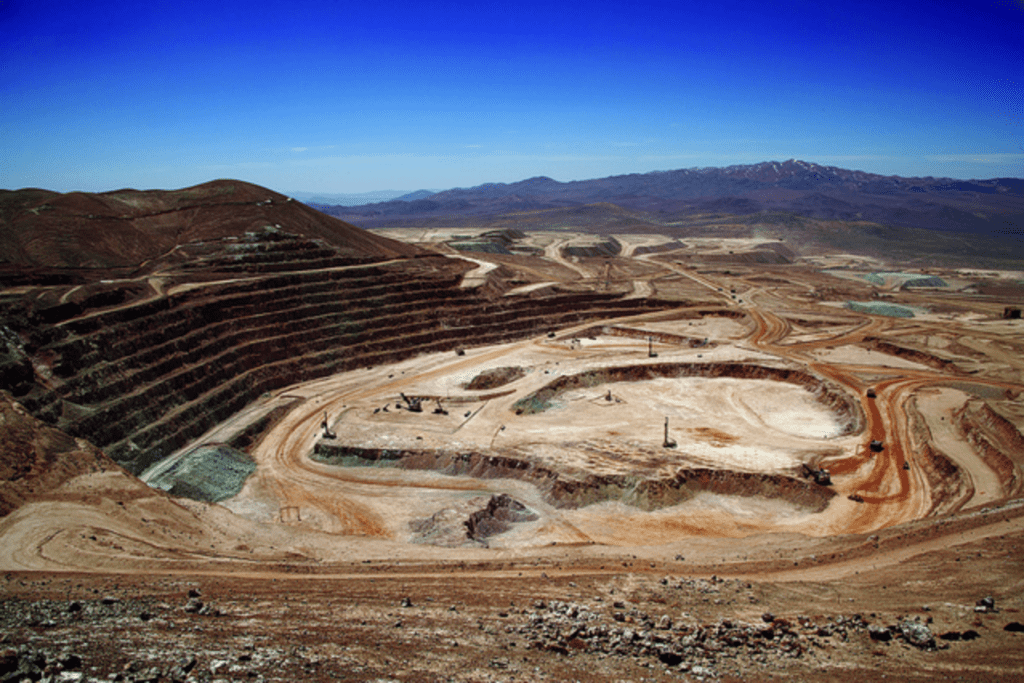Barton Gold wraps up extension drilling at 223 deposit
Barton Gold (ASX: BGD) (OTCQB: BGDFF) has completed a significant phase of the extension and exploration drillin program at the Tunkillia gold project in South Australia.
The company has successfully wrapped up testing of new targets around the rich 223 deposit with around 12,500m reverse circulation (RC) and 1,400m of diamond drilling (DD) undertaken.
The work was designed to test 223 deposit extensions, satellite gold zones at 223 North, as well as testing Areas 191 and 51 and a new target southeast of the 223 deposit.
Assays fast-tracked for testing
Managing director, Alex Scanlon, said assay samples from the various areas have now been prioritised for processing and may potentially be included in an upcoming JORC resource update.
Barton has now turned its focus to Area 51 gold zone, where diamond drilling is underway, while RC drilling has also kicked off on a new shear zone ‘offset’ target southeast of the 223 deposit.
The company is planning to undertake approximately 4,000m of RC drilling at its ‘offset’ target before the RC rig is mobilised to Area 51 for a further approximately 1,500m of new holes to complete the current Tunkillia drilling program.
“We expect to drill more than 20,000m before the end of 2023, with updated 223 deposit analysis running in parallel,” Mr Scanlon said.
“We are targeting 223 deposit extensions, new deposits and new discoveries as we grow Tunkillia’s large-scale footprint.”
Major expansion program
Barton kicked-off the RC and diamond drilling campaign at the Tunkillia gold project in mid-September, where the major focus was the search for extensions of the recently upgraded 1.15 million ounces 223 deposit, and conversion of gold zones to new JORC resources.
The Tunkillia campaign followed on from a highly successful period of activity in the September quarter when Barton also undertook a new exploration program at its Tarcoola gold project, successfully recovered millions in gold from a clean-out of its Central Gawler Mill, listed on the US OTCQB market and completed an oversubscribed capital raising.
At Tarcoola, Barton completed a regional seismic program designed to identify potential repeats of the high-grade Perseverance mine’s mineralisation in preparation for RC and DD drill testing during early 2024.
It also completed 3 diamond drilling holes for a total of approximately 600 metres on the Perseverance mine’s southern extension to assist geological interpretation and modelling in support of a potential mineral resources upgrade.
Well funded for ongoing work
The company ended the quarter with approximately $9.3 million in cash, plus a further $4.5 million in interest bearing deposits.
A significant portion of that funding is being focused on the Tunkillia gold project drilling program.
Source: https://smallcaps.com.au/barton-gold-wraps-up-extension-drilling-223-deposit/




